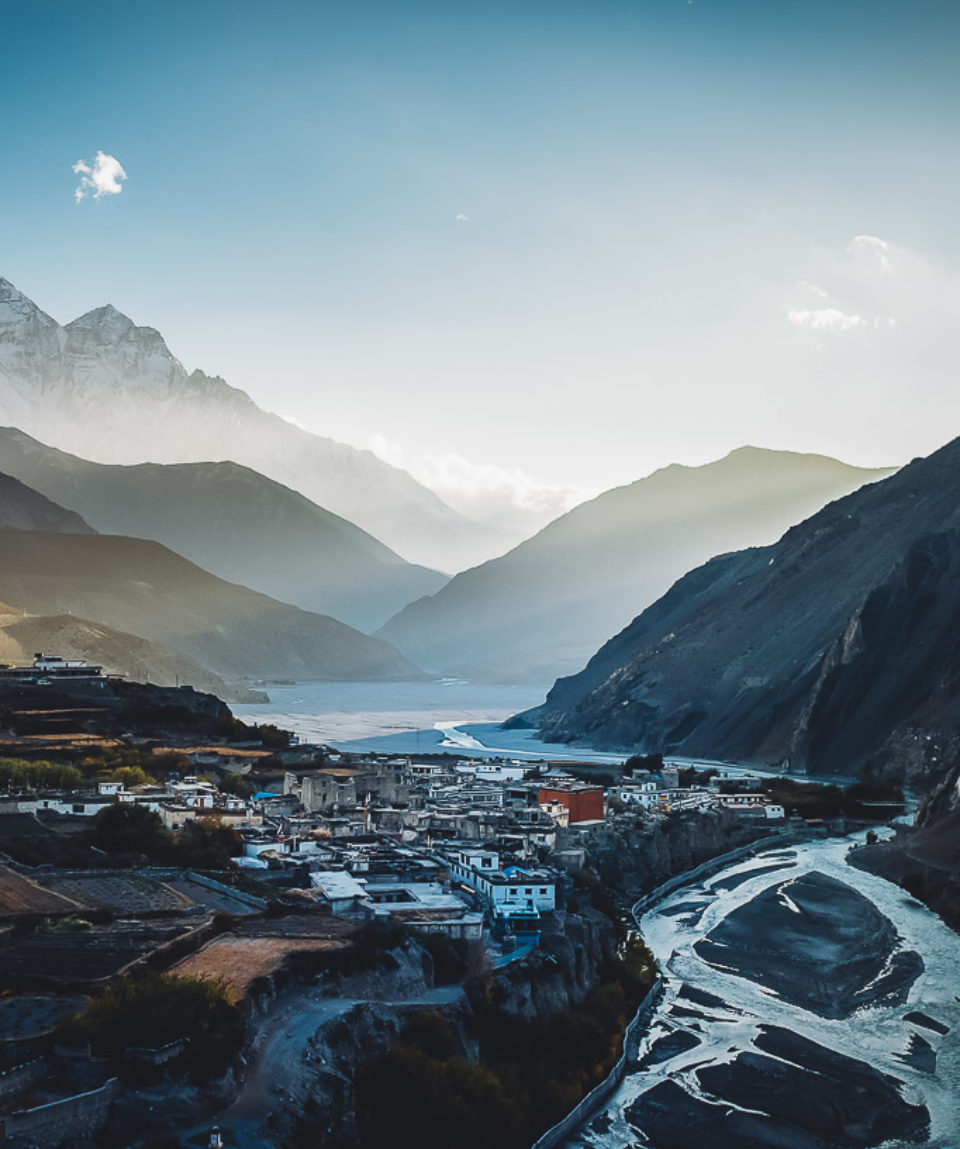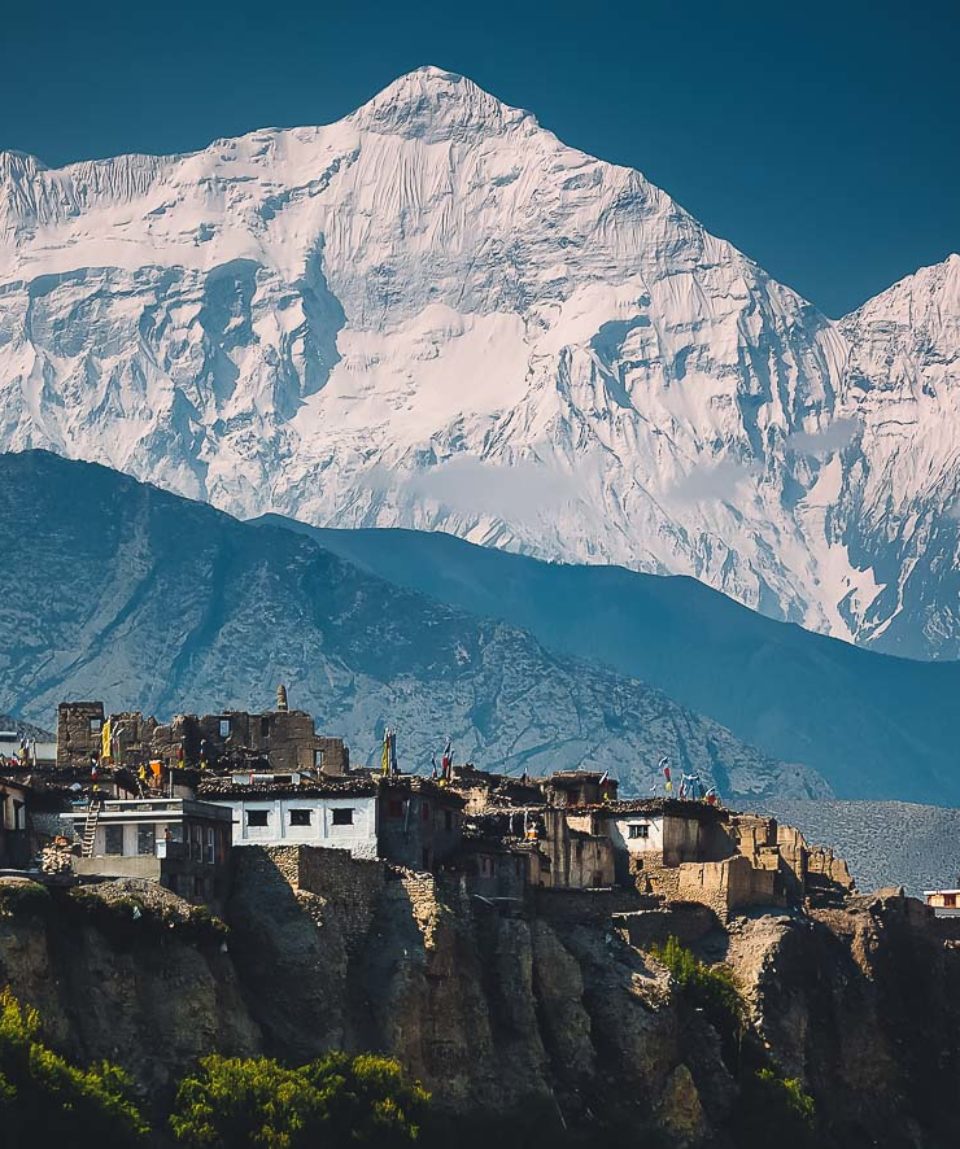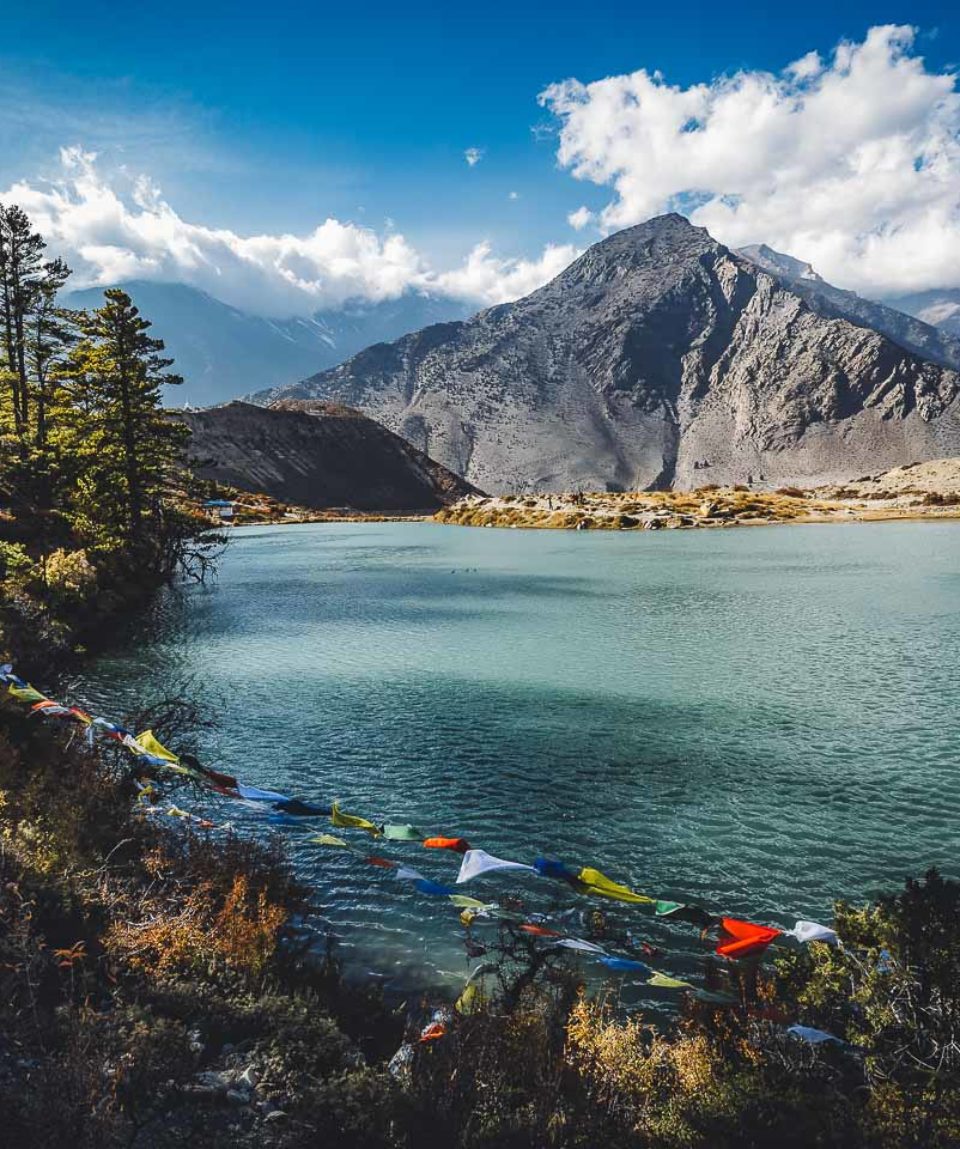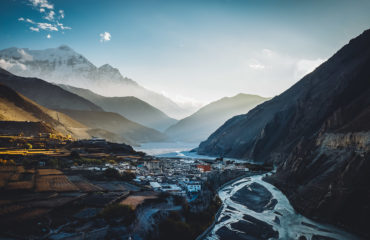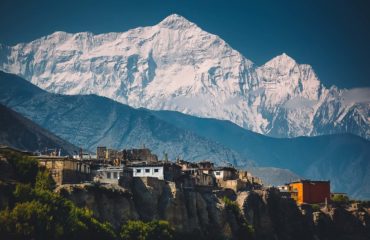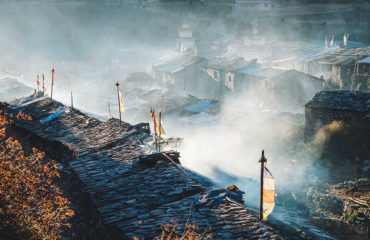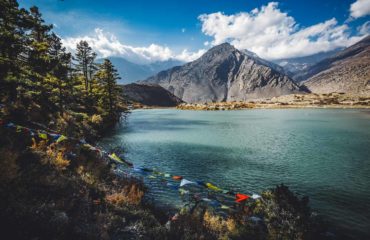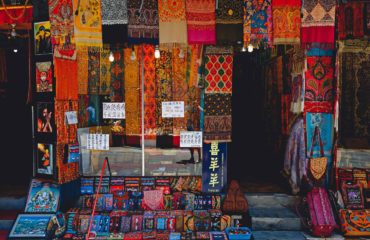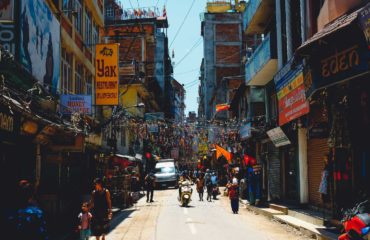Kingdom of Mustang and secret caves
fromThe history of Mustang merges with Tibet. Mustang for centuries was a Tibetan kingdom, before becoming part of Nepal. See the kingdom of Mustang and secret caves in our scenic hike. During our hike, we not only see fascinating mineral landscapes, tinged with ocher, brown and red but meet with local Tibetan farmers and herders. Our hike takes us to a maximum altitude of 4,100 meters. These farmers and herders commonly inhabit the high valleys of Mustang. The first part of the trip is rather easy and crosses many villages. In our journey, we spend two days in Lo Manthang. One day is dedicated to the magnificent hiking tour to the Konchok-Ling cave which was discovered in 2007. The return trip is made by the monastic caves of Tashi Kabum and Lori Gompa followed by the high passes.
- Reviews 0 Reviews0/5
- Style Type
- Culture
- Mountainous
- Nepal
- Secret Planet
- Trekking
-
- Level Moderate
- Group Size Small Group
The history of Mustang merges with Tibet. Mustang for centuries was a Tibetan kingdom, before becoming part of Nepal. See the kingdom of Mustang and secret caves in our scenic hike. During our hike, we not only see fascinating mineral landscapes, tinged with ocher, brown and red but meet with local Tibetan farmers and herders. Our hike takes us to a maximum altitude of 4,100 meters. These farmers and herders commonly inhabit the high valleys of Mustang. The first part of the trip is rather easy and crosses many villages. In our journey, we spend two days in Lo Manthang. One day is dedicated to the magnificent hiking tour to the Konchok-Ling cave which was discovered in 2007. The return trip is made by the monastic caves of Tashi Kabum and Lori Gompa followed by the high passes.
Highlights of this trip are;
• Departures almost all year round
• A highly optimized route
• 12 days at Mustang within 4,000 m
• The caves of Lori Gompa and Tashi Kabum, and Konchok ling discovered in 2007
- Nepal travel adviceby GOV.UK on 04/10/2024 at 10:25 am
Information on potential disruption to domestic and international air travel at Kathmandu airport (See ‘Air travel’ on the ‘Safety and security' page)
- Day 1 and 2 EUROPE - KATHMANDU
- Day 3 KATHMANDU ROAD TO POKHARA
- Day 4 VOL POKHARA - JOMOSOM AND ROUTE FOR KAGBENI
- Day 5 KAGBENI - TANGBE - CHUKSANG - CHELE - SAMAR
- Day 6 SAMAR - SYANGBOCHE - GELING
- Day 7 GELING - GHEMI - BELVEDERE ON THE FALAISES OF DHAKMAR
- Day 8 GHEMI - AKIAMA - DHAKMAR CRETES
- Day 9 DHAKMAR - LO GEKAR - LO MANTHANG
- Day 10 VISIT OF LO MANTHANG: CLOSE TOWN AND STRONG HISTORIC
- Day 11 LO MANTHANG - CHOESER AND KONCHOK LING CAVE - LO MANTHANG
- Day 12 LO MANTHANG - YARA
- Day 13 YARA - TASHI KABUM - LORI GOMPA - YARA
- Day 14 YARA - TANGGE
- Day 15 TANGGE - CHUKSANG
- Day 16 CHUKSANG - GYU LA 4 100 M - MUKTINATH
- Day 17 TREK MUKTINATH - LUPRA - JOMOSOM
- Day 18 JOMOSOM - POKHARA - KATHMANDU
- Day 19 KATHMANDU
- Day 20 and 21 KATHMANDU - EUROPE
Accommodation
Standard category hotel (basic: double room) in Kathmandu and Pokhara, during the rest of the trip in tents (tents 3 places for 2 people) or lodge depending on the trip. The lodges in Nepal are of very random comfort. In general, the conditions are rather good on the Annapurna tour and the region of Everest, on the other hand in Mustang, in the Tsum valley and in the Kangch or Makalu region they can be very rudimentary to the point of being a dormitory sometimes even a kitchen. The lodges can look like a refuge or sometimes a cottage from home. This is mostly a family home with double, triple or dormitory rooms. The toilets and showers are always separate. Cold or hot showers sometimes pay (between 1 and 2 euros), it is important to check that the water is not heated with wood as this contributes to deforestation which we strongly discourage. Most of the time the water is heated with solar energy.
Meals
In the cities of many small (or large) restaurants, we can discover the typical local cuisine. With the exception of Kathmandu, breakfasts and evening meals are prepared by the kitchen team or the cooks of the lodge they are taken in the dining room of the lodge or mess tent. Depending on the profile of the steps (length of the day walking and/or presence of water), midday snacks will be served hot or cold in the form of picnics.
WATER: plan pellets (type Hydroclovazone, Micropur or others) to disinfect the water you put in your bottle, depending on the source and on the advice of your guide. It is sometimes possible to buy purified water and fill the bottle without buying bottled water. You can also buy “mineral” water in the cities (not included in the price) but its ecological balance is mediocre, as you know. Also, we do not recommend it.
Accessible to anyone in good physical shape, having a regular sport. It is a trek of 13 days, between 2,700 and 4,200 meters above sea level, accompanied by a stay of 2 to 3 days at around 3,800 meters. Days of 5 to 9 hours of steps and vertical differences of 800 m on average. Day 15 and 16 are more difficult with 1 000 m to 1 300 m altitude but we are well acclimatized.
+ 977 from UK to Nepal, + 44 from Nepal to UK.
Visa required for all foreign nationals (with the exception of India, Pakistan, Bangladesh and a few others). It is obtained at Kathmandu airport against a photo ID and a sum in dollars or its equivalent in euros. Passport requirement valid and valid for 6 months after the date of return. The validity period of the visa starts only when the stamp is affixed at Kathmandu airport. For a stay of fewer than three months, several variations are possible:
• For 15 days: 25 dollars and a photo ID.
• For 30 days: 40 dollars and a photo ID.
• For 90 days: 100 dollars and a photo ID.
These formalities may change and we thank you for checking the conditions of entry with the consular authorities of the country visited. Each traveller is responsible for compliance with these formalities.
Please click the link for the latest health advice


